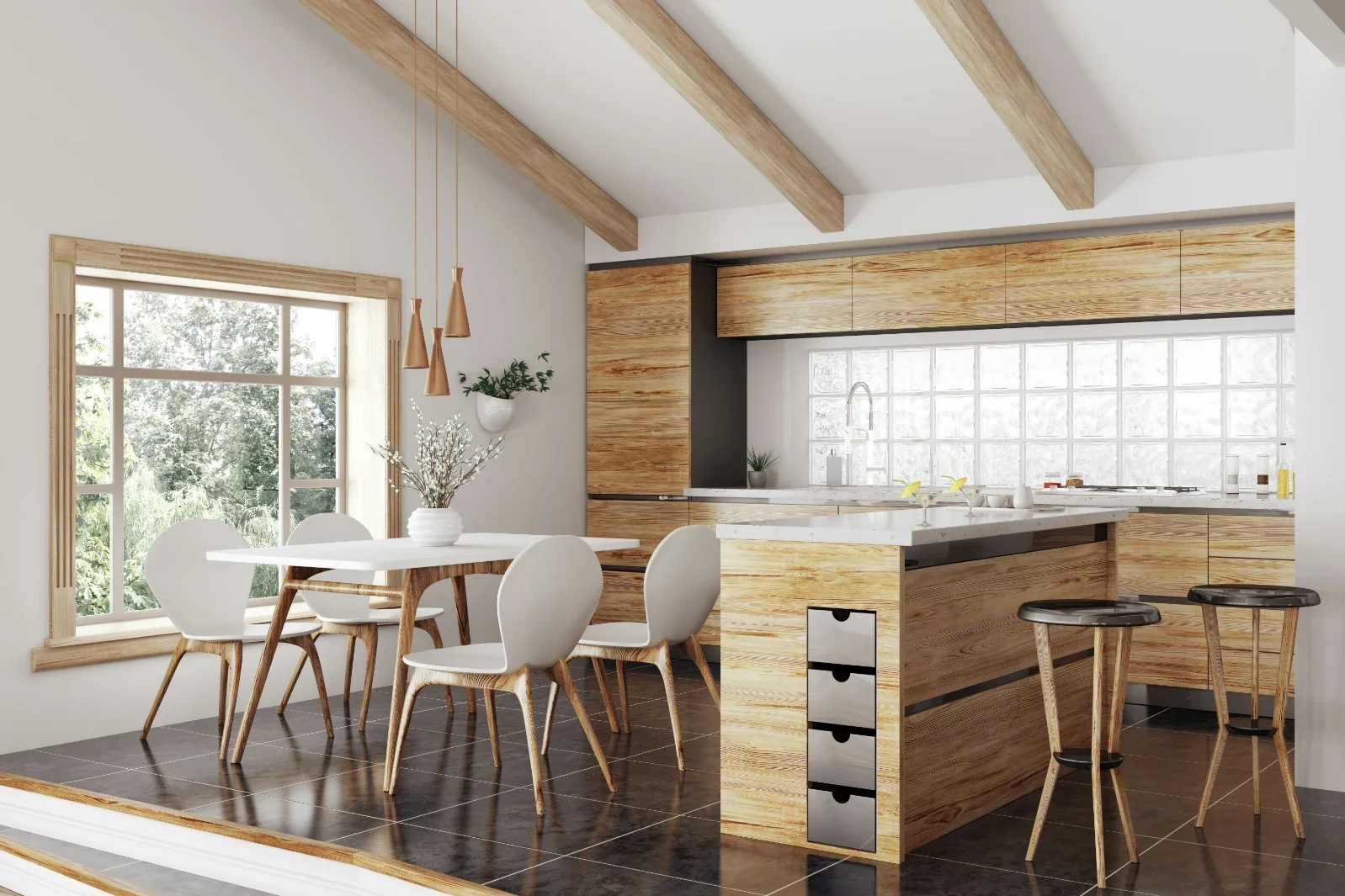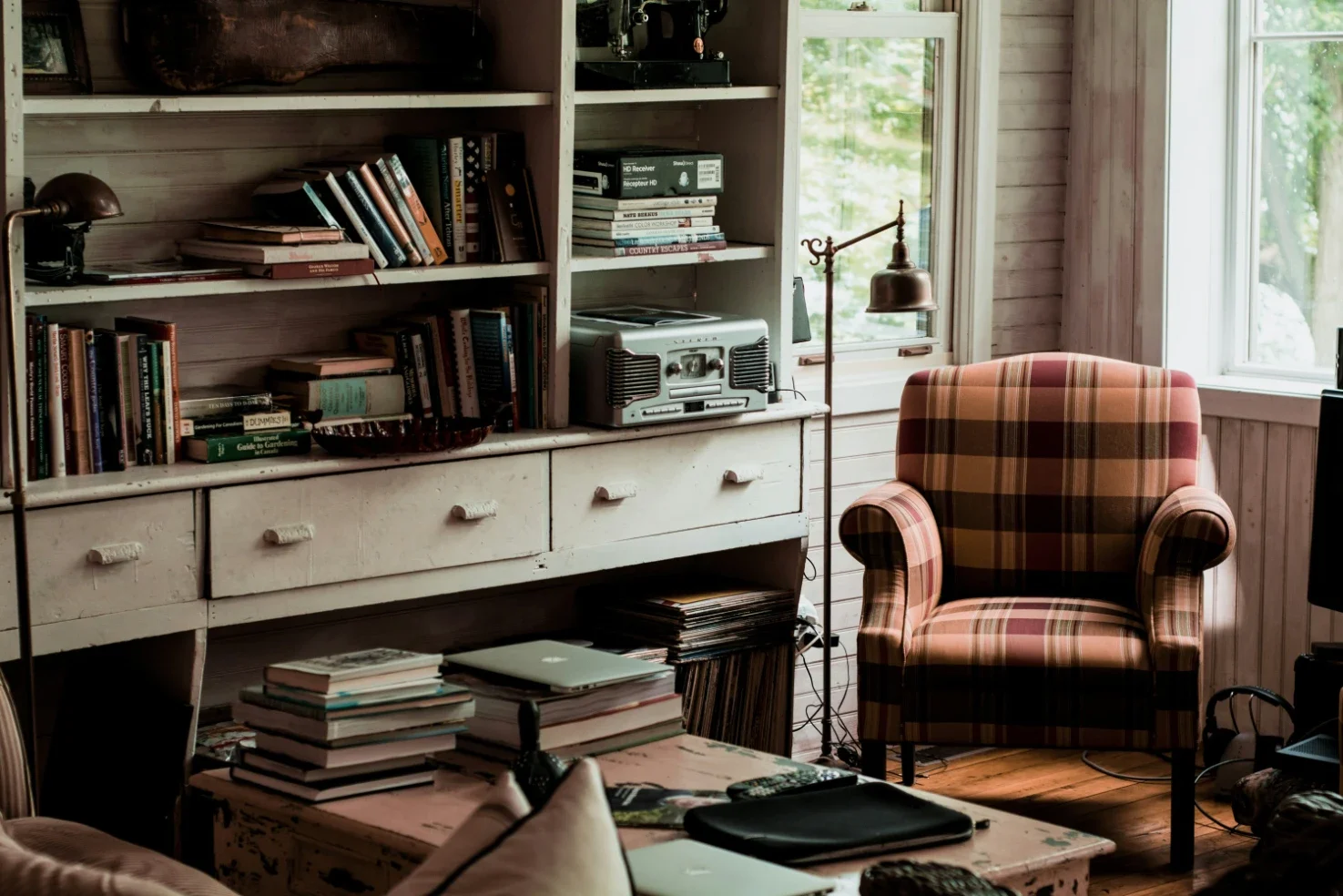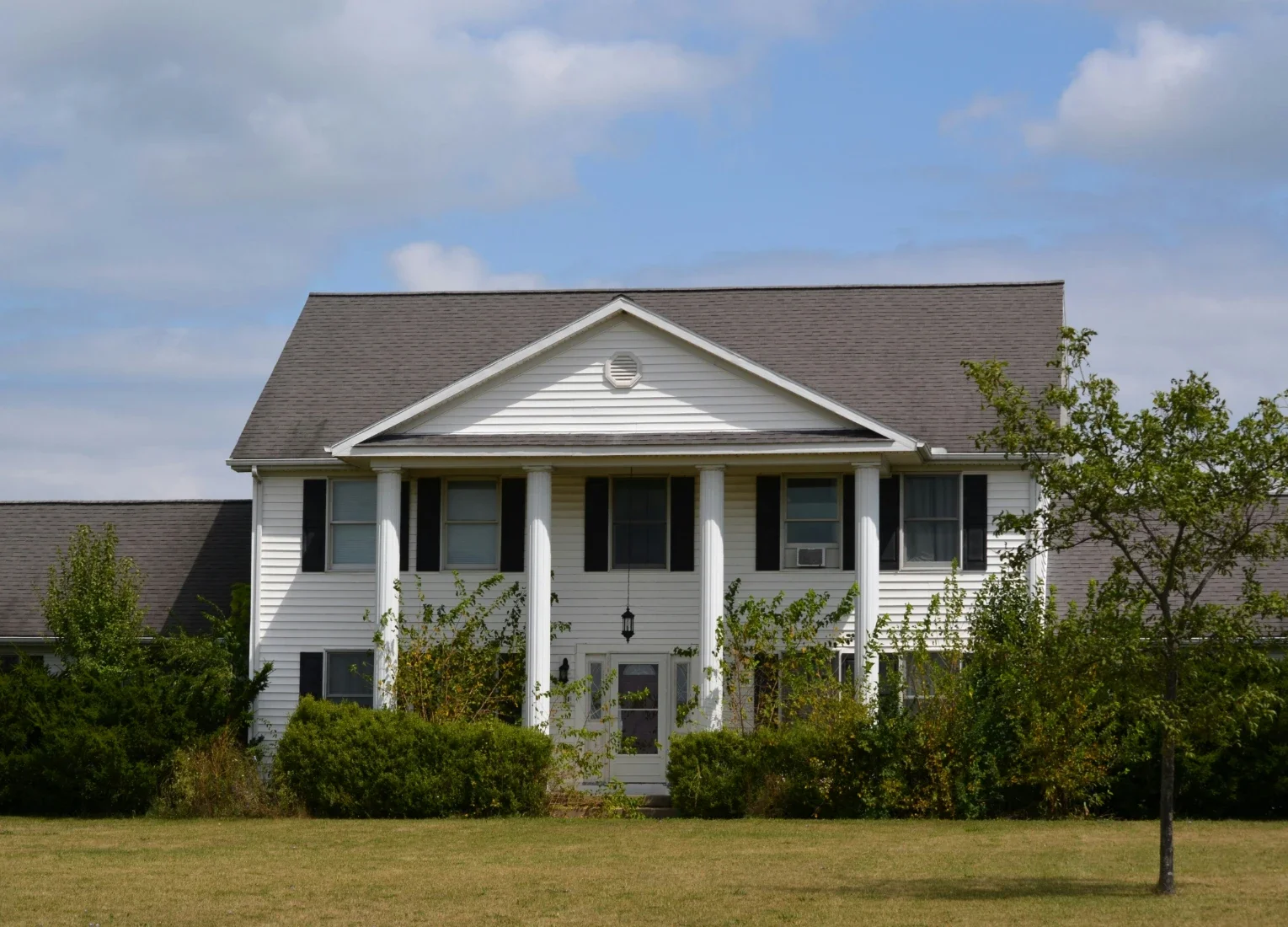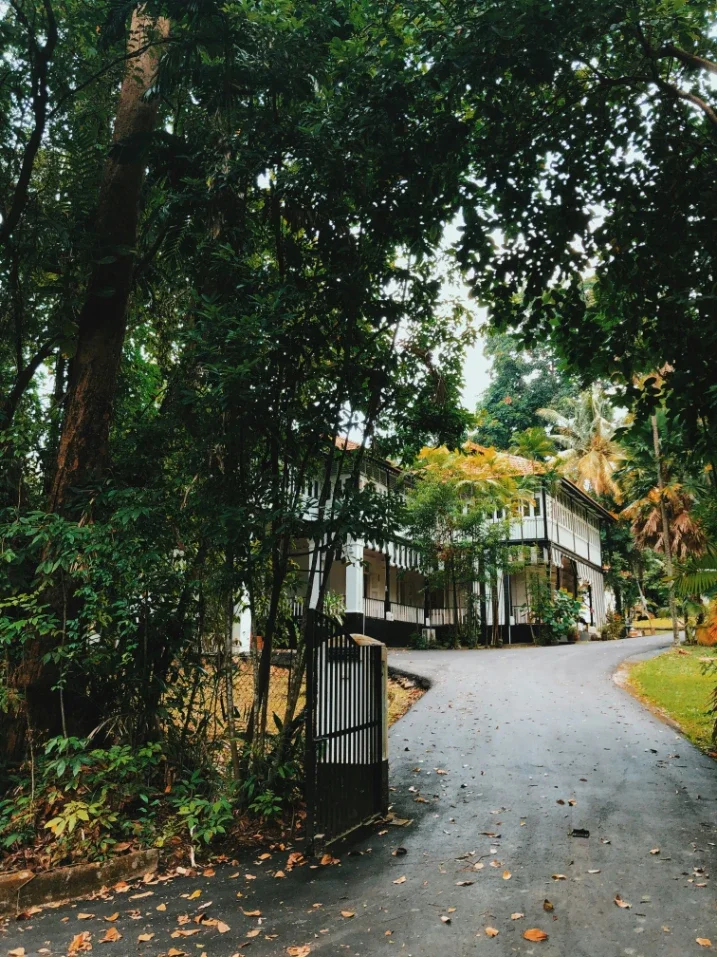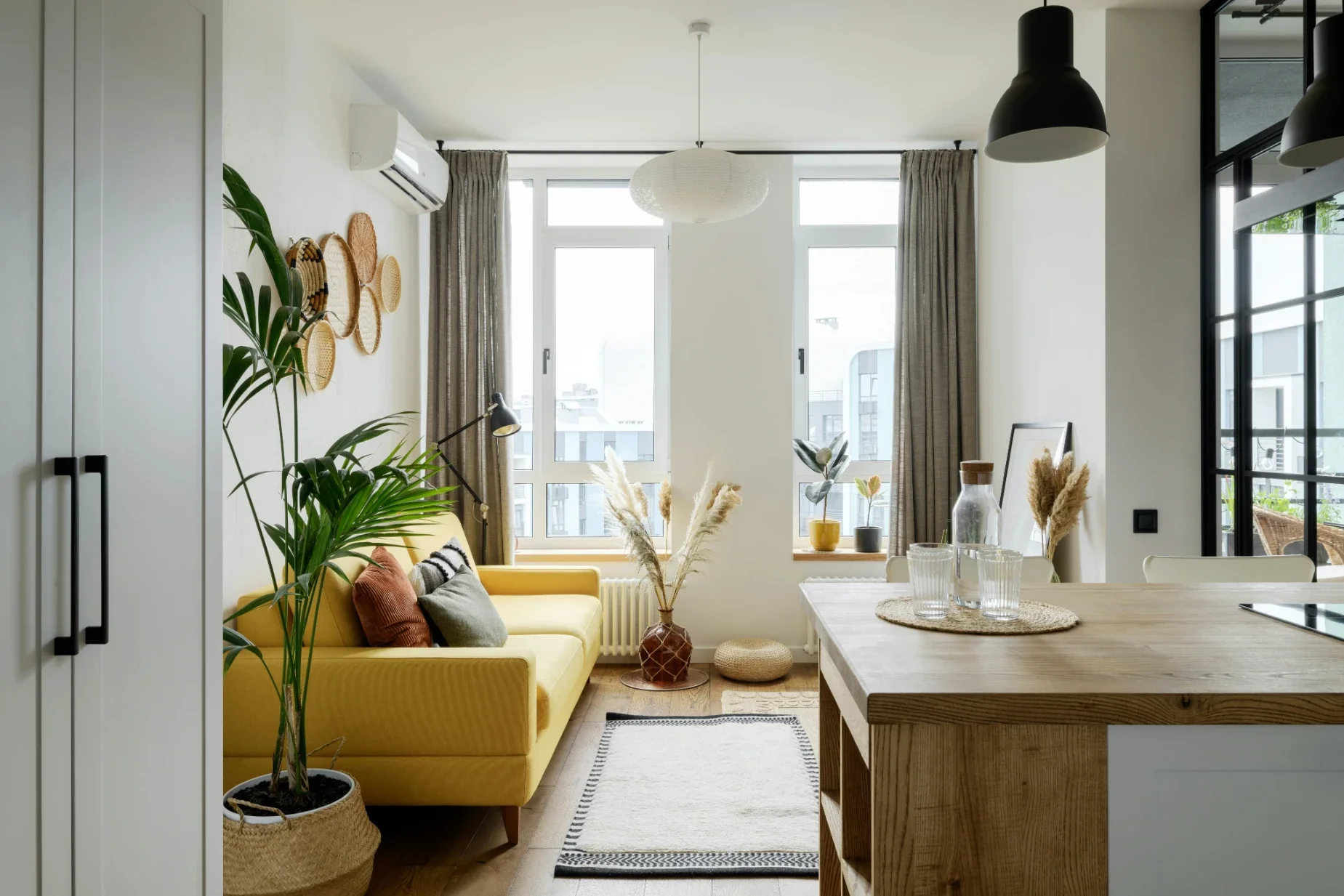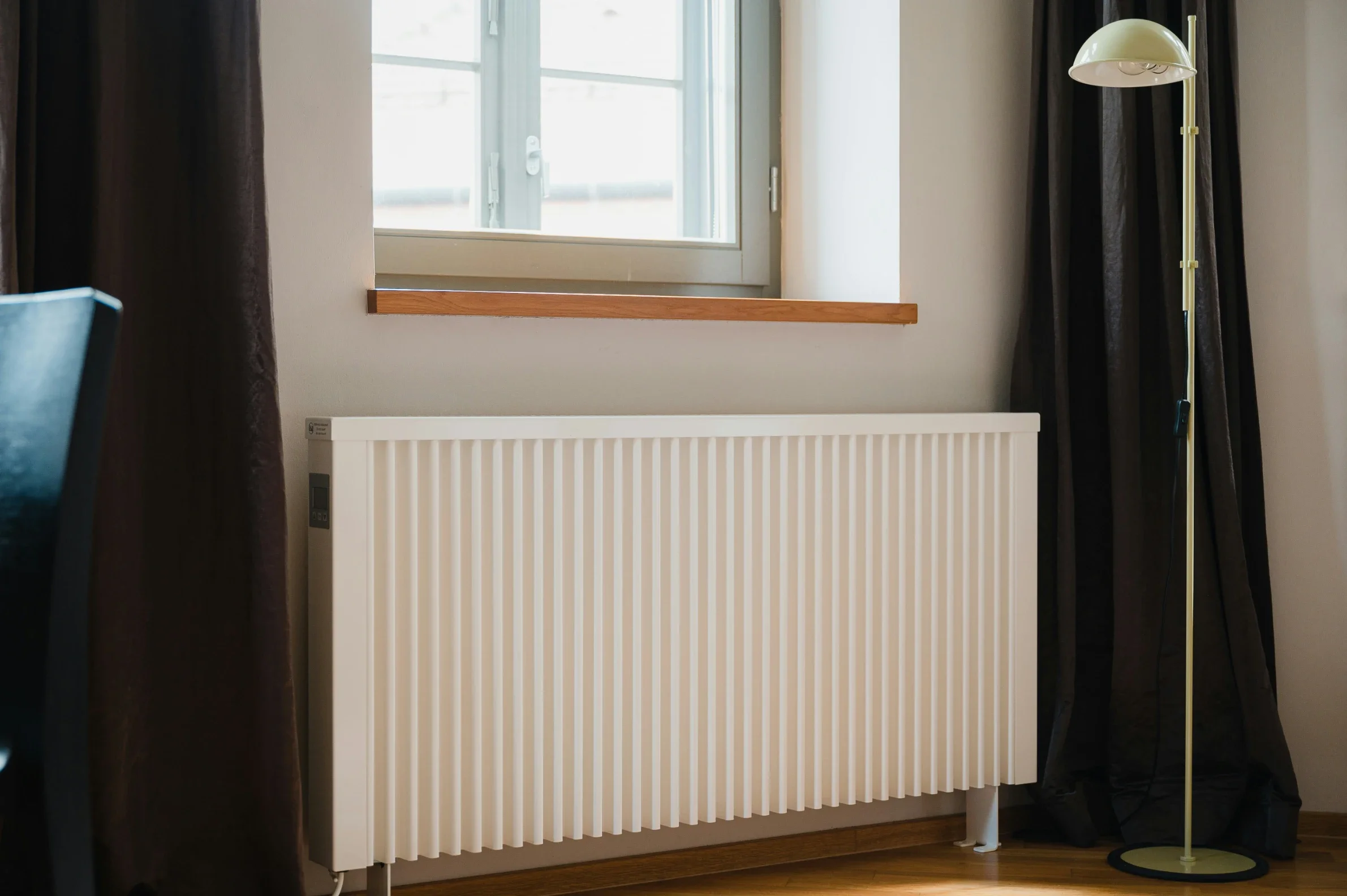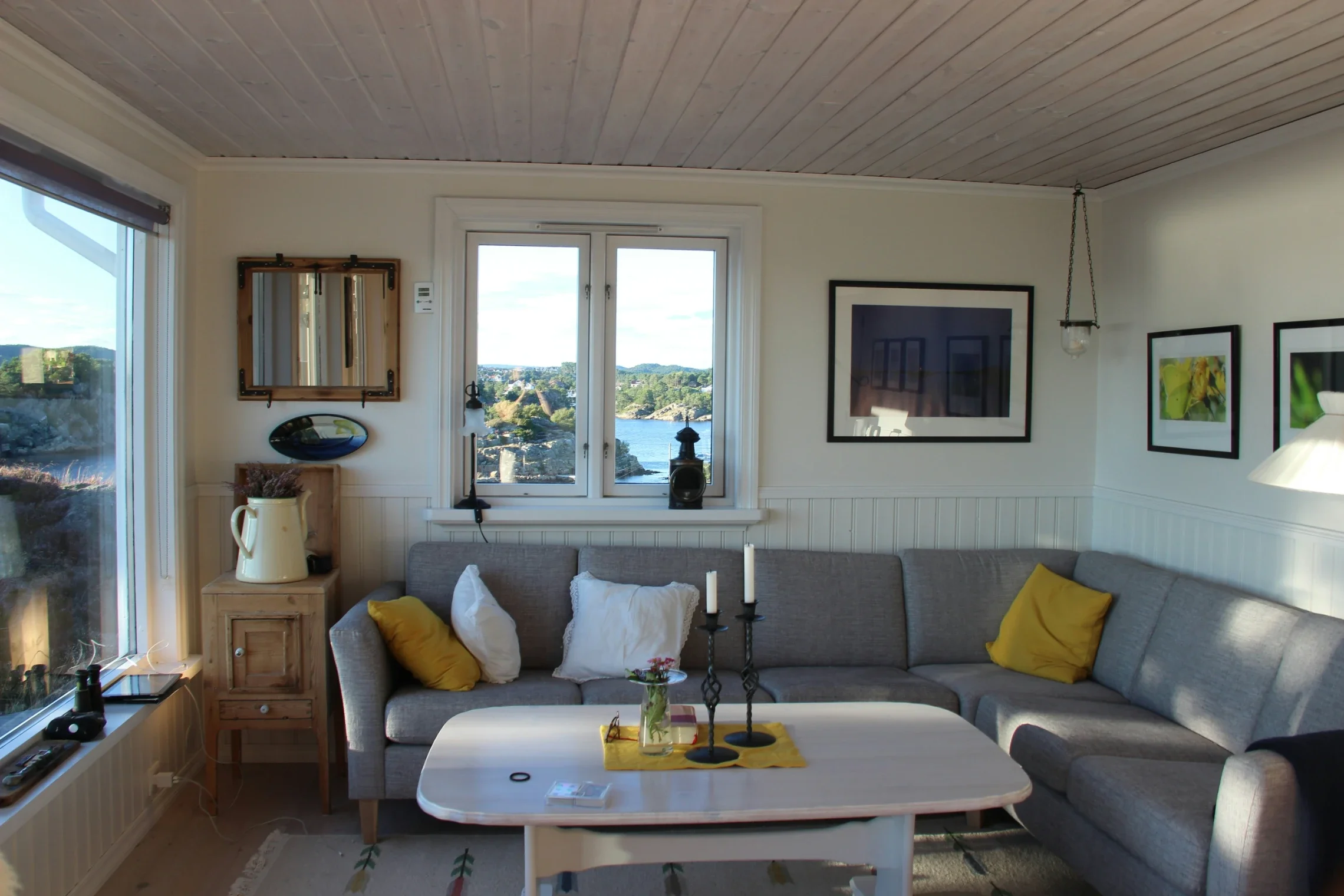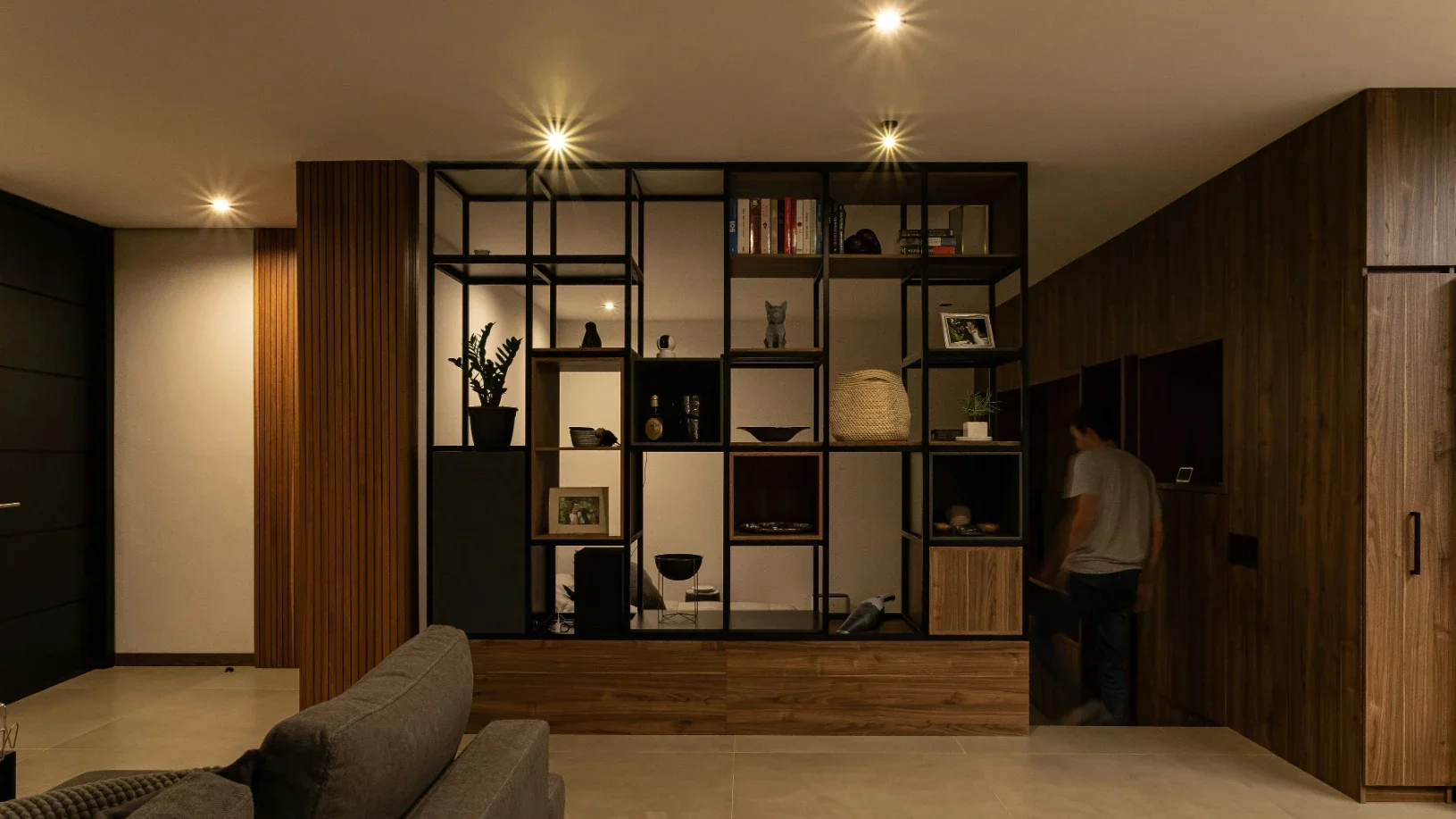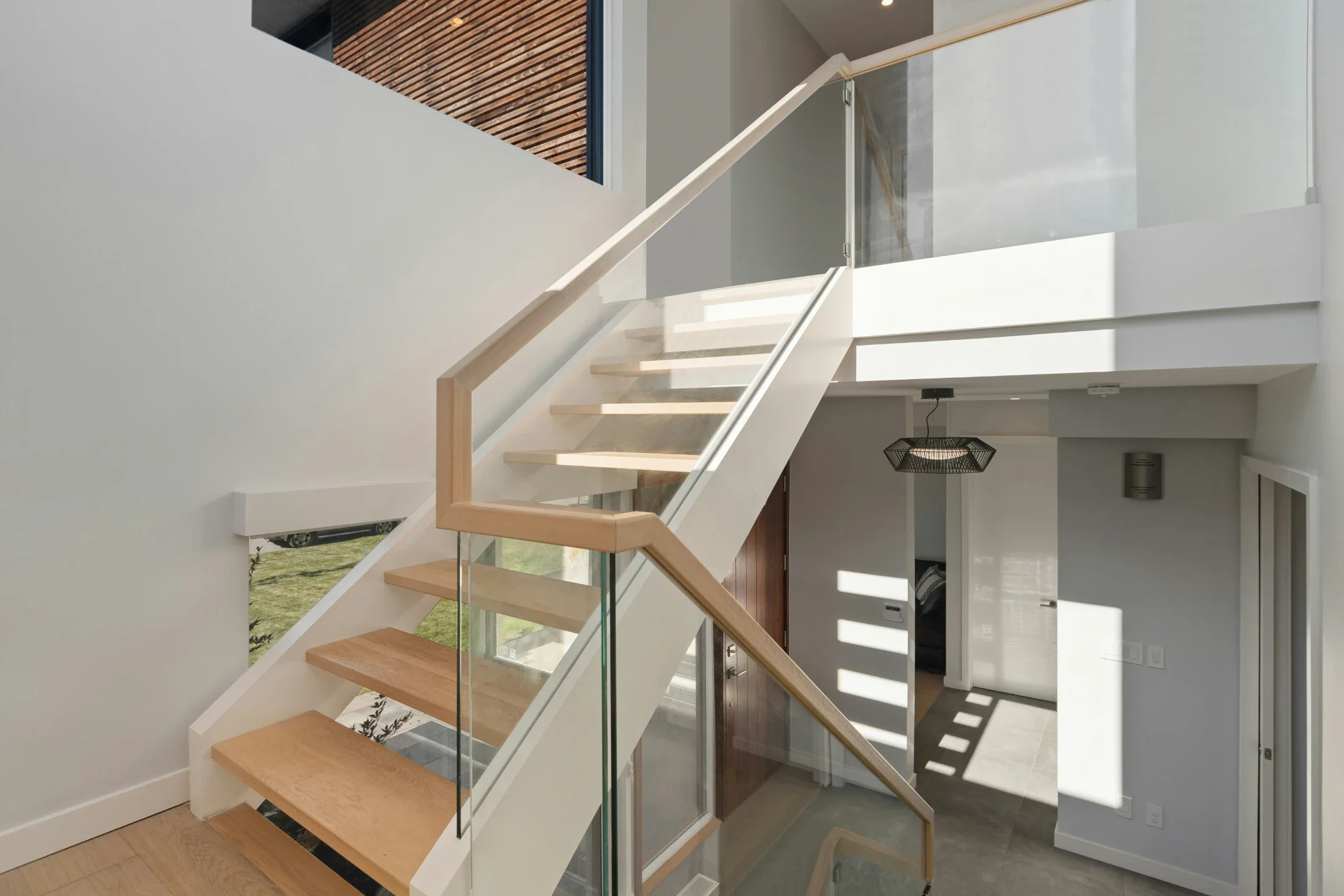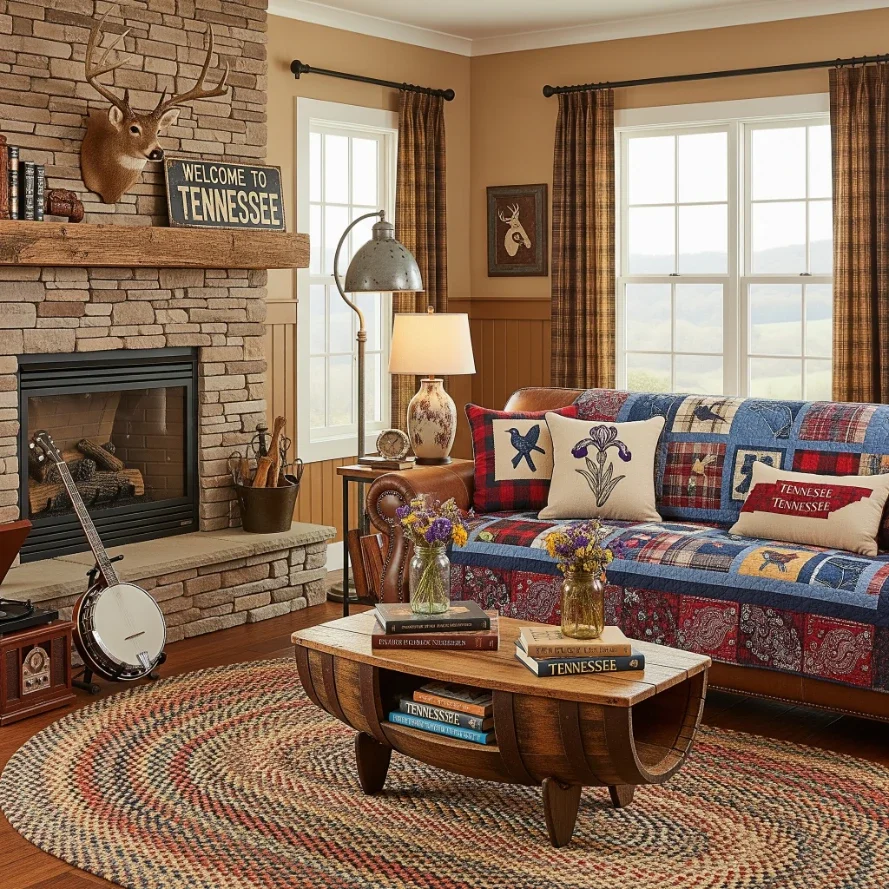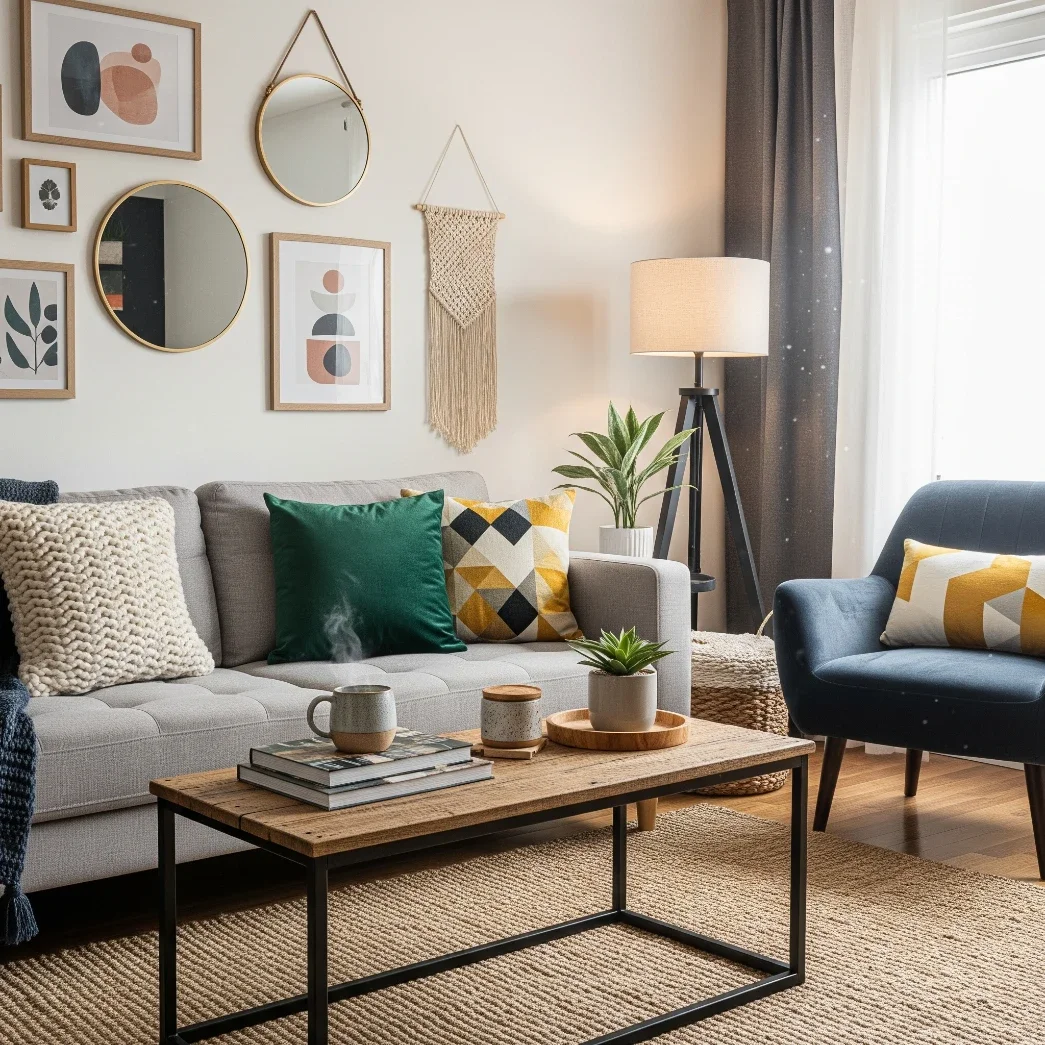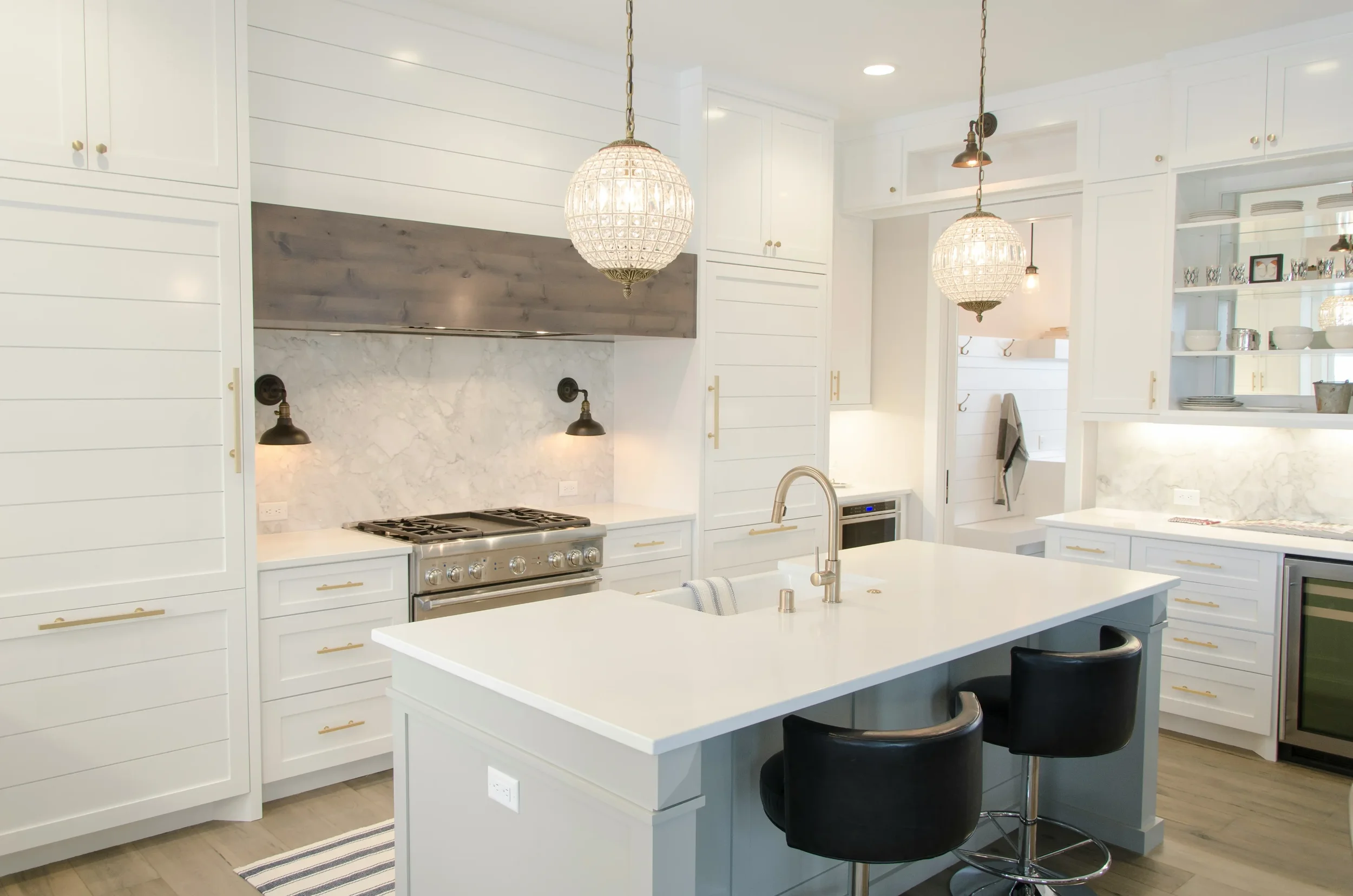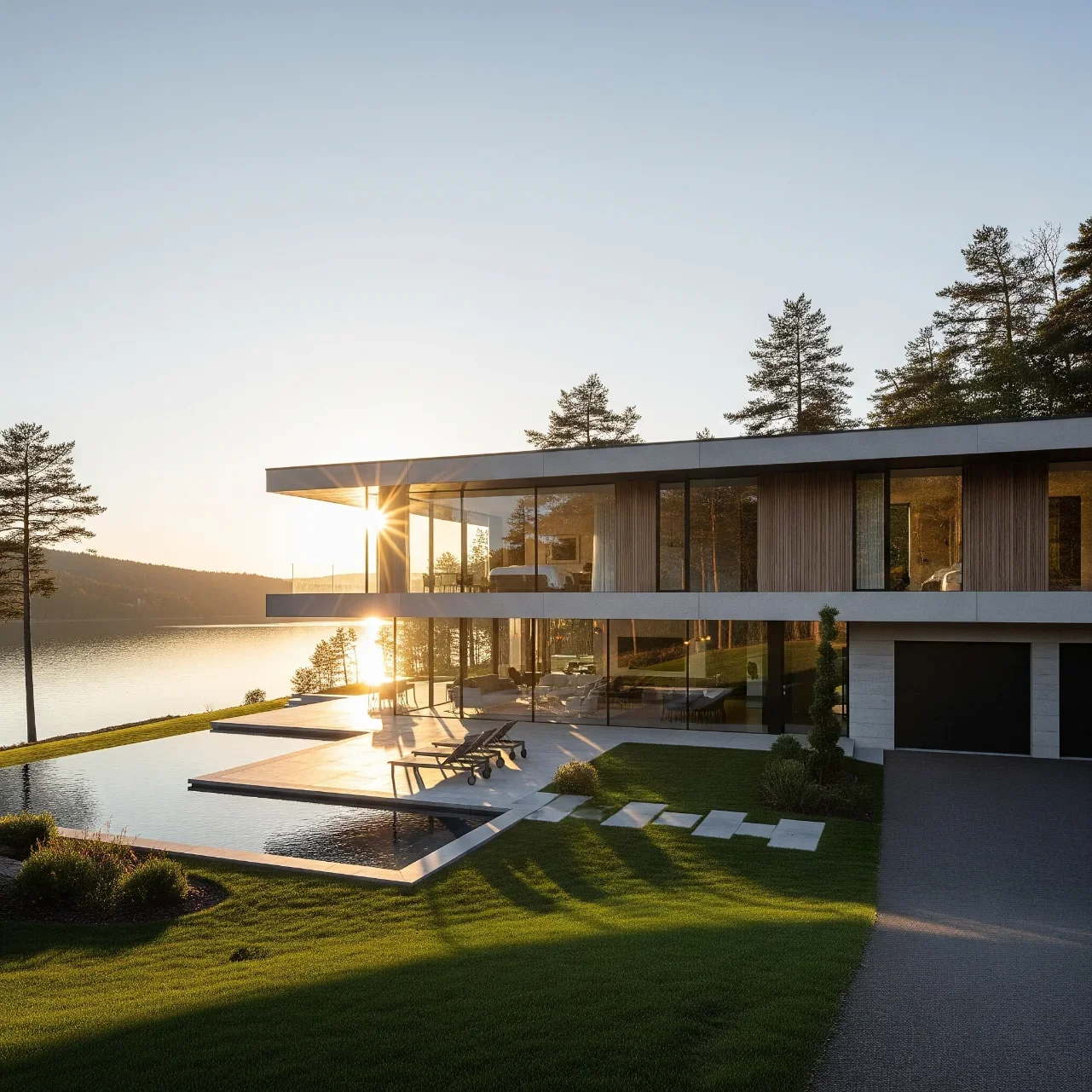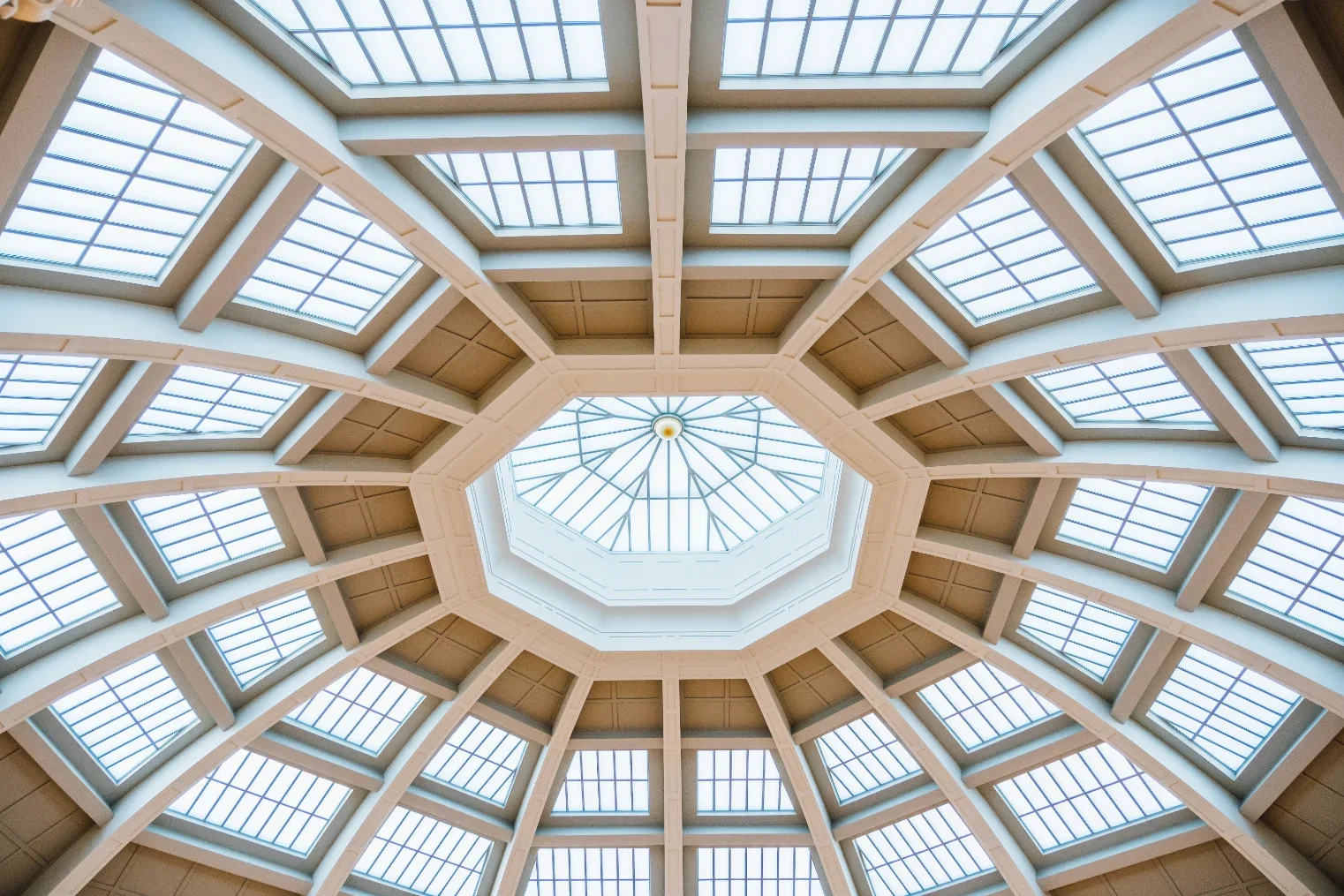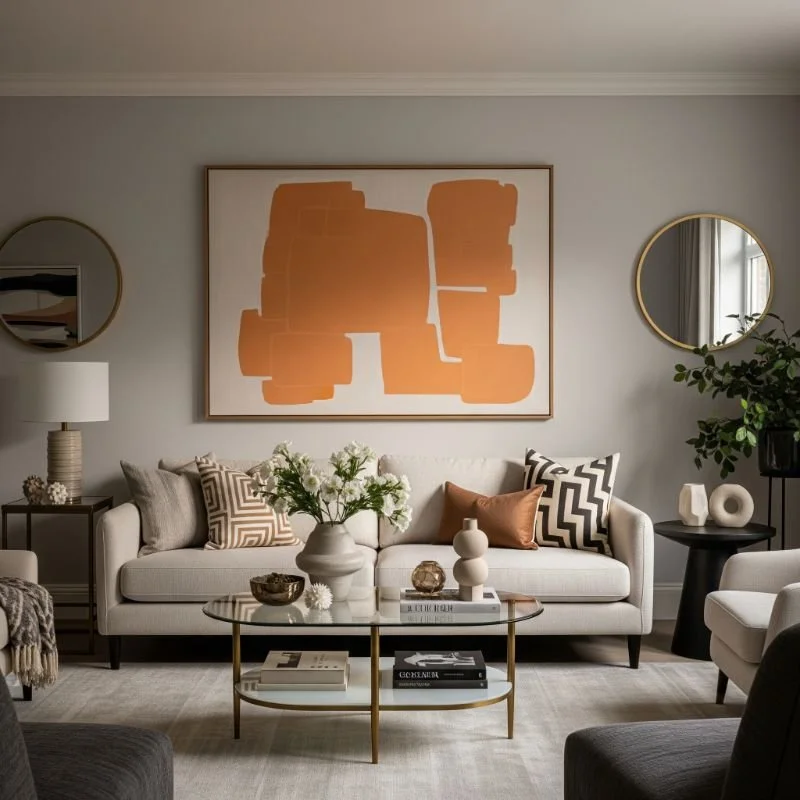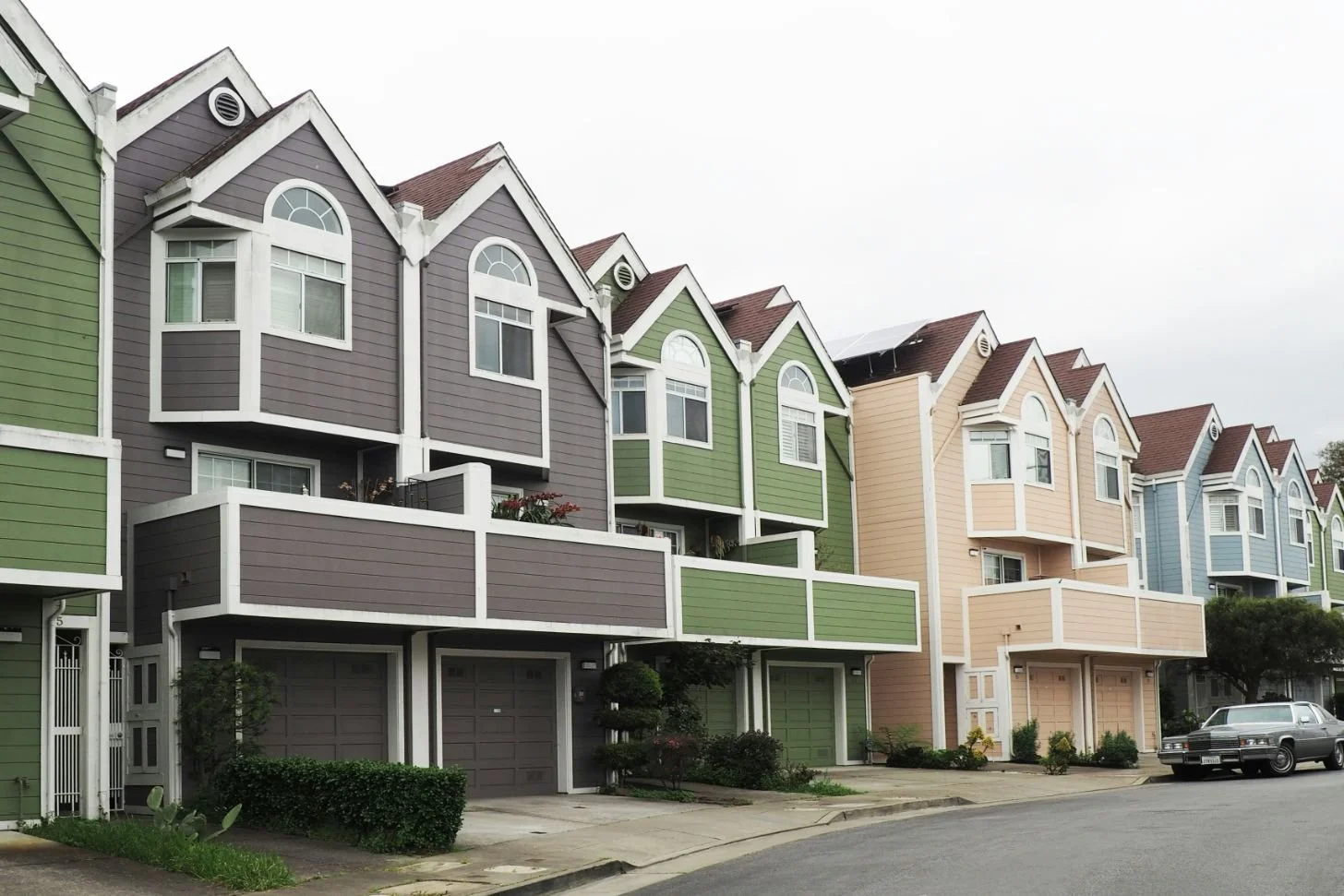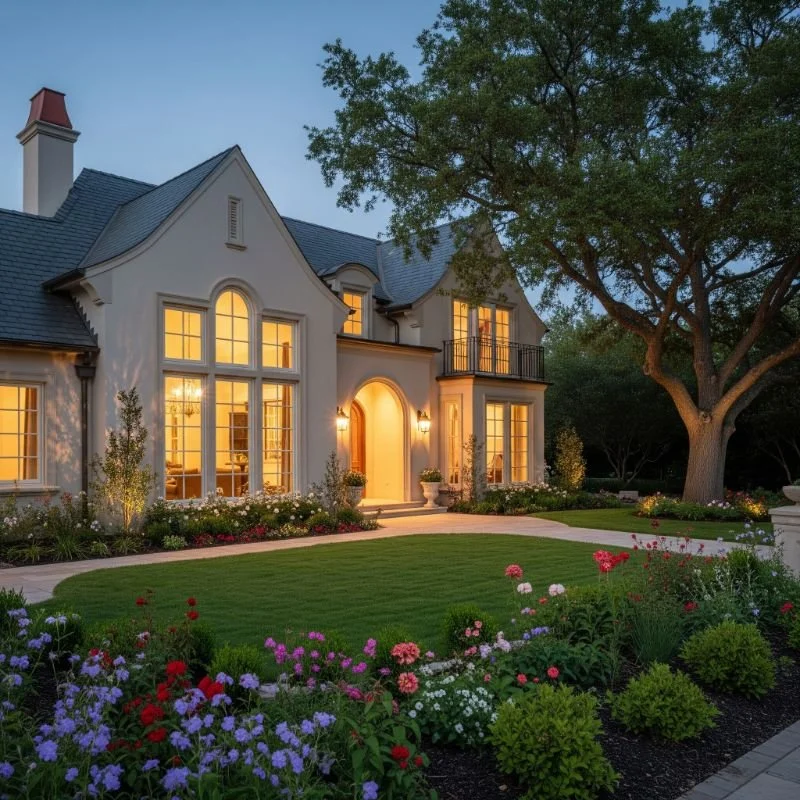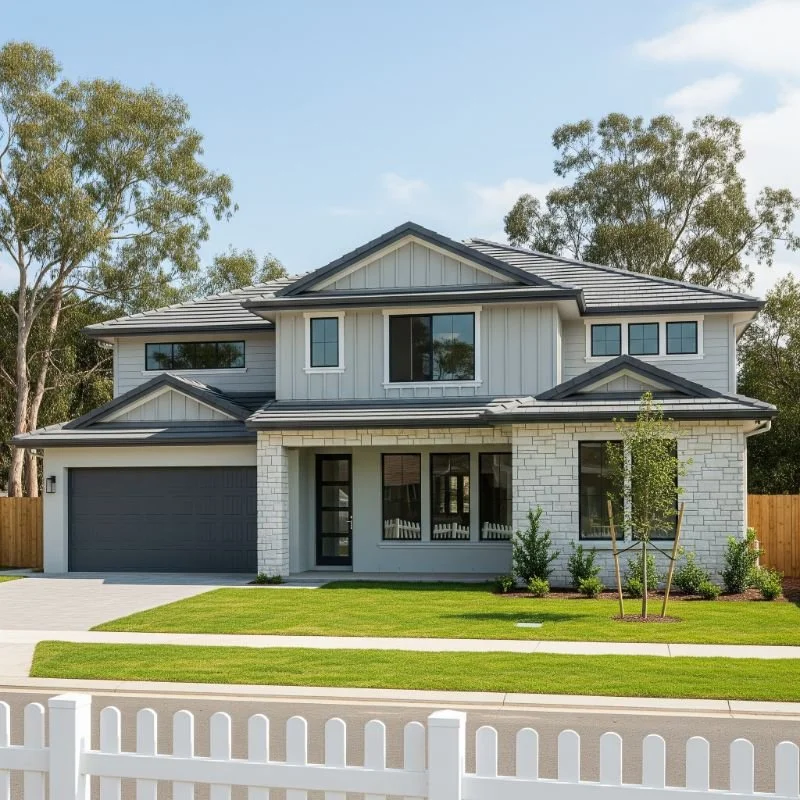8 Ways to Personalize Your Timber Frame Home Design
Discover 8 creative ways to personalize your timber frame home design, from custom layouts to unique finishes that reflect your lifestyle and taste.
Timber frame homes feel honest. Big timbers, open spaces, and sun that pours through tall windows make them a special kind of shelter. But that raw beauty also makes personal choices stand out more. A single light fixture, or the wrong rug, can change the whole vibe. Below, I’ll walk you through eight practical, creative ways to make a timber frame home that looks like yours and no one else’s.
Personal taste starts early, during planning. If you want something truly custom, start with the plan and the frame. Many timber frame builders offer ready floor plans that you can tweak or full custom design services so the bones of the house fit how you live. Companies like Hamill Creek Timber Homes builds from stock plans to fully customized kits, so you can get both the efficiency of a tried layout and the freedom to change it.
1) Tweak the Frame and Floor Plan to Fit Your Life
Timber frames let you open things up because timbers carry loads differently than stick-frame walls. That gives you freedom to move rooms, add mezzanines, or create dramatic vaulted spaces. If you want a home that works for a family, or for remote work, or for big dinners, design the footprint around those needs instead of squeezing your life into a fixed plan.
2) Make Windows the Main Act
In timber homes, windows do more than let light in. They frame views, set mood, and make timber look warmer or more modern depending on their shape and proportion. Big floor-to-ceiling glass brings the outdoors in and emphasizes the frame. For a cozier feel, choose smaller grouped windows with deep wood sills you can sit on or style with plants. Good window placement is a cheap way to change how a room feels during every hour of the day.
3) Use Timber Joinery and Built-ins as Signature Pieces
Custom joinery is where timber homes really talk to you. Built-in benches, open shelving between posts, and integrated stair systems can be crafted to echo the frame and feel bespoke. These pieces age with the house and become part of the story. If you love antiques, leave room in your design for their scale and weight so they sit right, not awkward.
4) Layer Lighting for Drama and Comfort
Timber creates strong lines and shadows. The right lighting softens those lines or highlights them on purpose. Use uplights to wash posts and beams in soft glow, pendants over islands for focus, and dimmable recessed lights for everyday use. Lighting controls let you shift the mood without moving furniture. Don’t skimp on a lighting plan; it’s one of the easiest ways to customize vibe.
5) Soften Big Wood with Textiles and Rugs
Timber can read heavy if you don’t break it up. Rugs, curtains, throws, even upholstered headboards bring scale down and add color and texture. Layer rugs to define zones in an open-plan great room. Swap textiles seasonally to change the house’s feel without major work. This is cheap, fast, and very personal.
6) Mix Materials to Set a Style
Timber and stone reads rustic. Timber and steel reads modern. Timber and plaster or limewash reads Scandinavian. Decide the design language you want and pick two or three complementary materials for floors, counters, and exterior cladding. That decision will steer every later choice and make the home feel intentionally yours. For outdoors, wrap porches, decks, and outdoor kitchens into this palette so the inside and outside talk to each other.
7) Landscape to Extend the Lving Room Outdoors
A timber home that sits well in its site looks like it belonged there for a hundred years. Use native plantings, a stone path that lines up with an interior view, and outdoor rooms that echo interior timber lines. Landscaping choices are personalization you and your neighbors notice, and they will shape how sunlight and privacy feel at different times of day.
8) Add the Details that Tell your Story
This is the homey stuff. Family photos grouped on a timber wall, a collection of ceramic vases on a shelf, or a single heirloom table in the dining room. Leave a dedicated wall or niche for those things so they don’t look like an afterthought. When you design, plan for the little spaces where personality lives. They are the difference between a pretty house and a lived-in home.
Timber homes are forgiving. The heavy timber look reads across styles, so you can be bold and still keep cohesion. Start with structure, then layer windows, materials, light, and stuff in that order. If you plan well, most changes later are cosmetic, not structural. But get the big moves right from the start and the house will always feel like it was meant for you.
